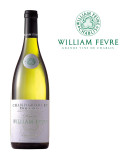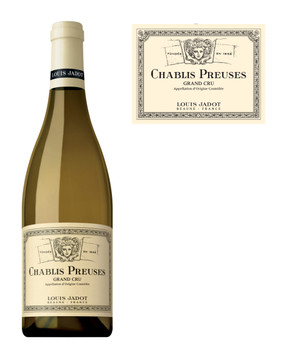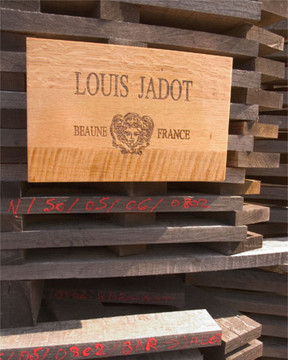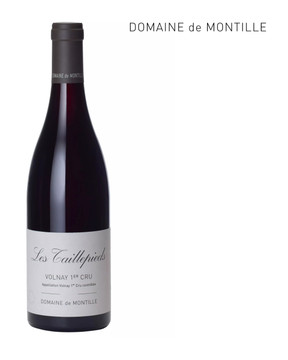
Domaine William Fevre Chablis Grand Cru Les Clos 2020.
VINEYARDS: This is the largest and most famous Grand Cru; its fame based on its history as one of Chablis’ first vineyards. The appellation enjoys a southerly aspect with very white, dense and deep clay soil, resting on a limestone bed 80 cm below the ground, which brings to the wine those spicy notes so typical of this terroir..
SOIL AND SUBSOIL OF CHABLIS: Chalky clay, marl, and marly limestone from the Kimmeridgian era (the upper Jurassic geological period, 160-140 million years ago), rich in minerals and oyster fossils, giving the mineral character typical of the wines of Chablis
SOIL AND SUBSOIL OF THE APPELLATION: Stony soil. Very white, dense and deep clay, mixed with a conglomerate of fossils and stones. The compressed limestone at a depth of 80 cm contributes aromas and spice to this Grand Cru in its youth.
SURFACE AND LOCALISATION OF THE APPELLATION: 26.04 hectares to the south of the Côte des Grands Crus. Les Clos is the cradle of the vineyard of Chablis.
SURFACE AND LOCATION OF THE PARCELS: 4.11 hectares, ie 16% of the total appellation, with southern exposure, full sunlight, and parcels situated on the heights of the appellation.
TASTING NOTE: Remarkably complex bouquet, blending fruity, floral and spicy notes with a substantial mineral touch. Structured palate, opening up with age to give powerful, generous wines
FOOD/WINE PAIRING: Fish, shellfish and other seafood, grilled or in a cream sauce. Poultry and white meat, grilled or in a cream sauce..
THE PERFECT PAIRING: Roasted turbot with creamy sauce and vegetables.
SERVING TEMPERATURE: 12°C to 14°C
VINEYARDS: This is the largest and most famous Grand Cru; its fame based on its history as one of Chablis’ first vineyards. The appellation enjoys a southerly aspect with very white, dense and deep clay soil, resting on a limestone bed 80 cm below the ground, which brings to the wine those spicy notes so typical of this terroir..
SOIL AND SUBSOIL OF CHABLIS: Chalky clay, marl, and marly limestone from the Kimmeridgian era (the upper Jurassic geological period, 160-140 million years ago), rich in minerals and oyster fossils, giving the mineral character typical of the wines of Chablis
SOIL AND SUBSOIL OF THE APPELLATION: Stony soil. Very white, dense and deep clay, mixed with a conglomerate of fossils and stones. The compressed limestone at a depth of 80 cm contributes aromas and spice to this Grand Cru in its youth.
SURFACE AND LOCALISATION OF THE APPELLATION: 26.04 hectares to the south of the Côte des Grands Crus. Les Clos is the cradle of the vineyard of Chablis.
SURFACE AND LOCATION OF THE PARCELS: 4.11 hectares, ie 16% of the total appellation, with southern exposure, full sunlight, and parcels situated on the heights of the appellation.
TASTING NOTE: Remarkably complex bouquet, blending fruity, floral and spicy notes with a substantial mineral touch. Structured palate, opening up with age to give powerful, generous wines
FOOD/WINE PAIRING: Fish, shellfish and other seafood, grilled or in a cream sauce. Poultry and white meat, grilled or in a cream sauce..
THE PERFECT PAIRING: Roasted turbot with creamy sauce and vegetables.
SERVING TEMPERATURE: 12°C to 14°C










